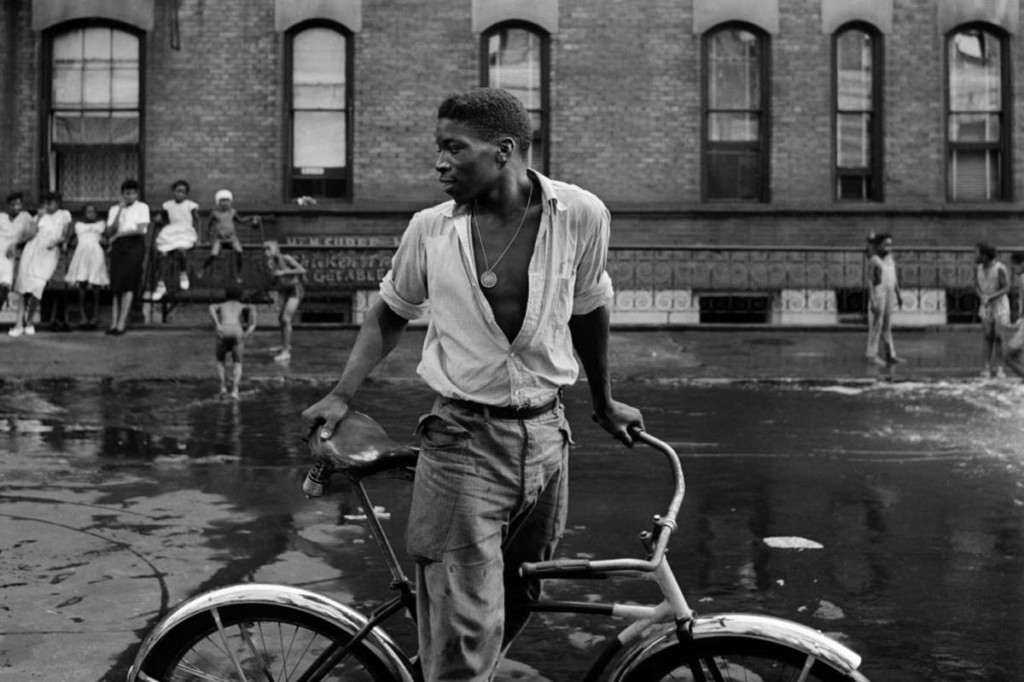See This Report on Framing Streets
See This Report on Framing Streets
Blog Article
The Best Guide To Framing Streets
Table of ContentsUnknown Facts About Framing StreetsThe smart Trick of Framing Streets That Nobody is Discussing5 Easy Facts About Framing Streets ExplainedFraming Streets Fundamentals ExplainedThe Facts About Framing Streets UncoveredThe Definitive Guide for Framing Streets
, normally with the aim of recording photos at a definitive or touching minute by cautious framework and timing. https://telegra.ph/Framing-Streets-Mastering-the-Art-of-Street-Photography-01-10.
, who was inspired to carry out a similar documentation of New York City. As the city developed, Atget helped to promote Parisian streets as a worthwhile subject for digital photography.

Not known Incorrect Statements About Framing Streets
Andre Kertesz.'s commonly appreciated Images la Sauvette (1952) (the English-language version was labelled The Definitive Minute) advertised the idea of taking a photo at what he described the "definitive minute"; "when kind and web content, vision and make-up combined right into a transcendent whole" - vivian maier.
The Facts About Framing Streets Uncovered
The recording machine was 'a surprise cam', a 35 mm Contax concealed beneath his layer, that was 'strapped to the chest and attached anchor to a long cord strung down the ideal sleeve'. His job had little modern effect as due to Evans' sensitivities concerning the originality of his task and the privacy of his topics, it was not published until 1966, in the publication Lots of Are Called, with an introduction created by James Agee in 1940.
Helen Levitt, then an educator of little ones, related to Evans in 193839. She documented the temporal chalk illustrations - Street photography hashtags that became part of youngsters's street culture in New york city at the time, along with the children who made them. In July 1939, Mo, MA's brand-new photography section consisted of Levitt's operate in its inaugural exhibitRobert Frank's 1958 publication,, was significant; raw and often indistinct, Frank's pictures examined mainstream digital photography of the moment, "challenged all the official regulations laid down by Henri Cartier-Bresson and Walker Evans" and "flew in the face of the wholesome pictorialism and heartfelt photojournalism of American magazines like LIFE and Time".
Report this page